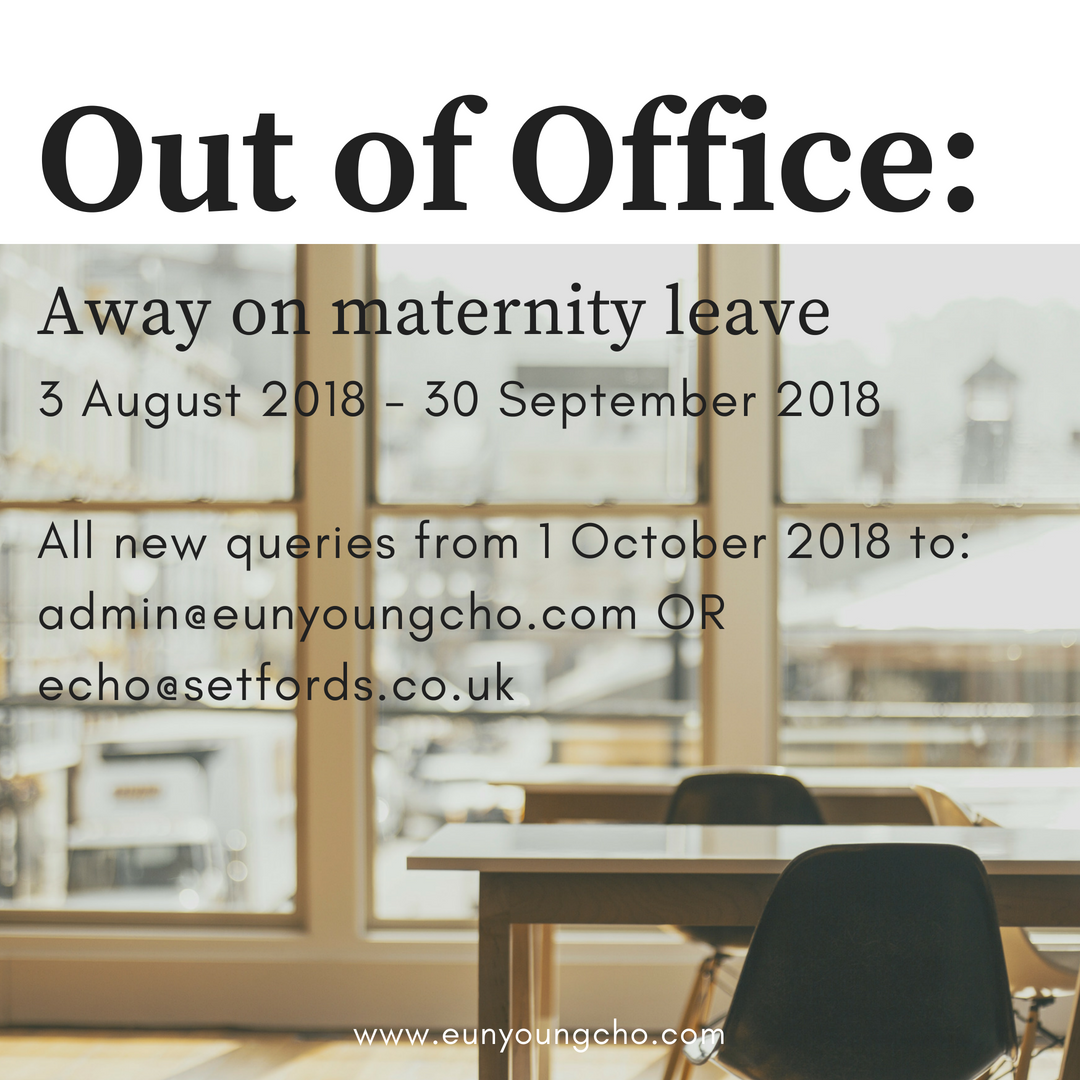Immigration Rules Appendix L: Tier1 Exceptional Talent (HC2642) 16 Dec 2019
So, Christmas 2019 is upon us already🎊🎉. (Where HAS the time gone?!😱⌛️🗓).Well, before we close 2019, I just wanted to give a summary of (not all but) some of the more exciting updates to Tier 1 Exceptional Talent that came about this year.
This is a round-up of what I consider to be the most interesting Tier 1 Exceptional Talent updates for ALL categories: Artists, Writers, Musicians, Dancers, Academics, Scientists, Engineers, Tech Start Ups, et al.
HC1779, Statement of Change dated 11 Dec 2018 was inserted into the Immigration Rules from 10 Jan 2019: Tier 1 Exceptional Talent/ Promise now includes British a Fashion Council and The Royal Institute of British Architecture as endorsing bodies. See my previous post ”Tier 1 Exceptional Talent Update: Here come the Fashion!”
Yes, also Architects were beginning to be endorsed from early on this year. As the discipline only just opened up there aren't that many takers - at the time of writing, I am (anecdotally) aware of two candidates who were endorsed since the category opened up? You may know more. In any case, I will share the full stats early next year, or as soon as I can get them.
HC1919, Statement of Change dated 7 March 2019 was inserted into the Immigration Rules from 1 April 2019: Perhaps THE most interesting change is this - The definition of a Media Recognition evidence for Exceptional Talent endorsements from Arts Council England, (under which sit -for the purpose endorsement - British Fashion Council, the Royal Institute of British Architects) has been ’relaxed’ to include media recognition pieces which do not name the applicant directly, as long as the applicant can produce a letter from the group project lead or someone similar confirming their “direct and significant” contribution in the project. (At this point, some dramatic tears 😭😭😭 shed for some of you who may have been rejected or didn’t even get up to applying because of the high threshold for media recognition pre-April 2019!)
HC2631, Statement of Change dated 9 September 2019 was inserted into the Immigration Rules from 1 October 2019: For Tech Nation applicants, three (not two) recommendation letters are required. For academics in research for endorsement under the Royal Society, British Academy, RAEng, National Institute for Health Research is added to the list of peer-reviewed fellowships (for acceleration), and those who have held such a fellowship in the last 12 months may also quality!
Of course there are many other ’minor.’ changes to the rules, but these are the changes that seemed the most exciting.
Good luck to all those currently applying. Don't forget the allocation for all endorsing bodies renews in April each year, and their usage is split between April - October and November - April. I would imagine that this thus far little known category will now see a surge of applicants 📈 and increased competition means some strategic planning and preparation will be required along with genuine talent in your field.
If any of these ’expansions’ ’relaxation’ of the rules mean the door to endorsement is now open to you, and you would like assistance putting together your application, get in touch! 💻⌨️













